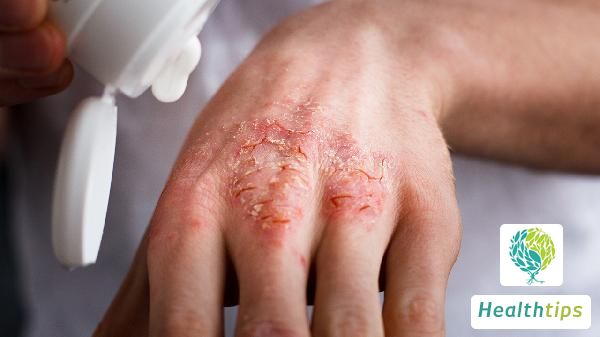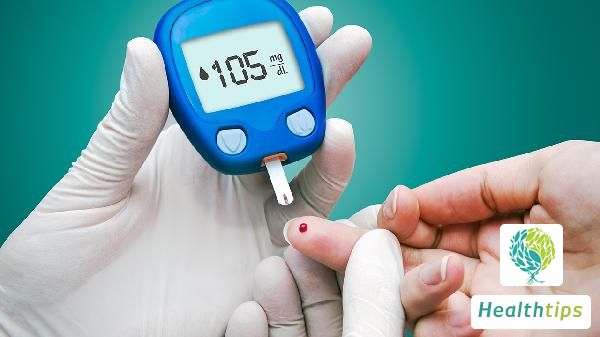"Is Your Baby Experiencing Damp-Heat, Signaled by Yellow, Thick, and Greasy Tongue Coat?"
Motherly Concern for Baby's Well-being

Every mother is naturally inclined to worry about whether her baby is well-fed and warmly dressed. Slight fevers and discomforts in babies are promptly noticed by attentive mothers. However, many mothers overlook changes in their baby's tiny tongue. Only when the baby refuses to eat properly or complains of tongue pain does a mother pry open their mouth to check for redness in the throat, still often neglecting the tongue's alterations. Even if a layer of thick substance is spotted on the baby's tongue, mothers may be unaware of its cause, let alone how to prevent or address it.
In fact, there's much to learn about babies' tongues, which can serve as an indicator of their health status to mothers. What should a healthy baby's tongue look like? A normal, healthy child's tongue should be of moderate size, soft, pinkish-red in color, with free movement, clear articulation, and a lightly coated, moderately dampened surface. Their breath should be odorless. When a child falls ill, changes in the tongue's color and coating become evident, mirroring their overall health condition. Essentially, the tongue acts as a "barometer" of a child's health, particularly revealing insights into their gastrointestinal and digestive functions.
By recognizing changes in the tongue, mothers can promptly identify abnormalities and address them before they escalate. This approach promotes better health and reduced illness in children. How can we stay informed about our baby's health? Examining the tongue coating is a simple, quick, and baby-friendly method. Parents should regularly observe the color and texture of their baby's tongue coating, which can serve as a health signal.
The tongue coating is a thin layer covering the tongue's surface. In healthy conditions, it is evenly distributed due to chewing, swallowing, saliva, and dietary rinsing, appearing pale white. According to Traditional Chinese Medicine, the tongue coating is influenced by the stomach's qi (vital energy), allowing us to assess the state of a baby's gastrointestinal digestion through its color and thickness.
Thick, White, and Greasy Tongue Coating
Cause: A white tongue coating indicates internal coldness, while its stickiness signifies dampness. A thick, white, and greasy coating suggests the body is both damp and cold, a common symptom in early stages of a cold.
Management: Opt for mild, warming foods like light and warm mutton soup, egg drop soup, and onions to nourish the stomach, strengthen the spleen, dispel cold, and reduce dampness. Avoid cool foods like winter melon and cucumber, as well as sweet and greasy snacks, which may suppress appetite.
Thick, Yellow, and Greasy Tongue Coating
Cause: A yellow, thick, and greasy coating indicates damp-heat in the body, often resulting from insufficient spleen and stomach functions. These babies tend to experience indigestion, "food accumulation," accompanied by dry mouth, sour breath, bloating, constipation, or diarrhea.
Management: Serve light, heat-clearing, and dampness-resolving foods like white radish, tomatoes, loofah, and coicis to strengthen the spleen and stimulate appetite. Avoid or limit greasy foods, seeds, chocolates, and other high-fat snacks. For food accumulation, consider digestive medicines or brew hawthorn tea for aid.
Geographic Tongue
Cause: Geographic tongue refers to a white tongue with one or more irregularly shaped, peeled areas resembling a map. This may cause discomfort or mild pain during eating. It often indicates poor constitution, malnutrition, or deficiencies in trace elements.
Management: Ensure a nutritious, balanced diet without偏食or挑食. Address prolonged illnesses promptly to supplement any deficiencies in vitamins, iron, zinc, or other trace elements. For babies with pale complexion, irritability, excessive sweating, and dry stools (indicating qi and yin deficiency), preparing soups with lily bulbs, lotus seeds, wolfberries, and raw astragalus can help improve the tongue's appearance.
Special Notes
1. A newborn's red tongue with no coating or a milky white coating is normal; mothers should remain calm. Milk residue after feeding can temporarily alter the tongue's appearance, called "stained coating," which is harmless and typically resolves within three months. Post-feeding



















